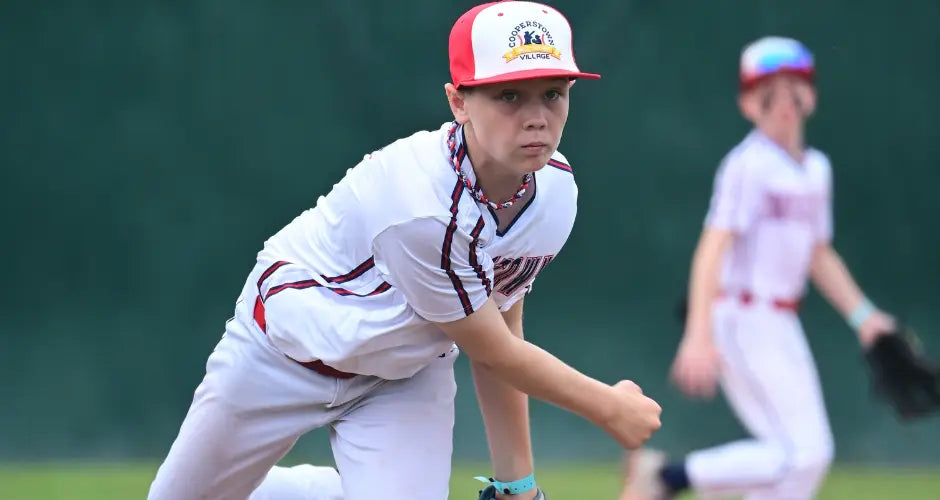Undeniably, the pitcher earns the top spot as the most important position on the baseball field. Why? Because the pitcher stands at the heart of the baseball field, commanding the game with every throw. As the starting point of every play, the pitcher's decisions, from pitch selection to placement, can determine the game's rhythm.
The way they throw — the type of pitch, its speed, and its location — can directly limit the opposing team's ability to score, making it a critical defensive position.
Pitchers also possess a unique set of skills, unlike any other position in baseball. The ability to deliver a variety of pitches, from fastballs and curveballs to sliders and changeups, requires not only strength and stamina but also precision, technique, and a deep understanding of the batters they're facing.
Additionally, a pitcher's role goes beyond just throwing the ball. When the ball is in play, the pitcher becomes an additional infielder, fielding bunts or covering bases as needed.
How often have you seen a Little League team win by 10 runs with only two hits? Throwing strikes is important or else you will have a merry-go-round of walks around the bases. A pitcher should throw pitches with high speed, but mastering pitch control becomes especially critical as you advance to higher levels. At the major league level, everyone can hit a fastball.







